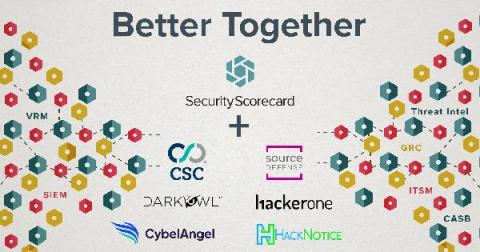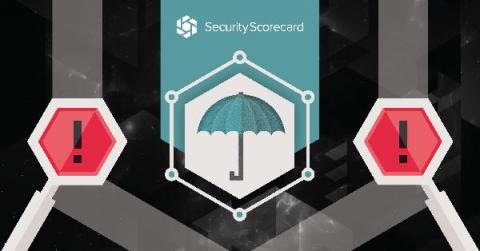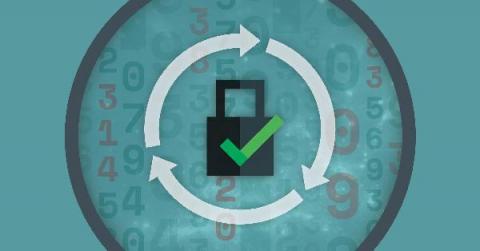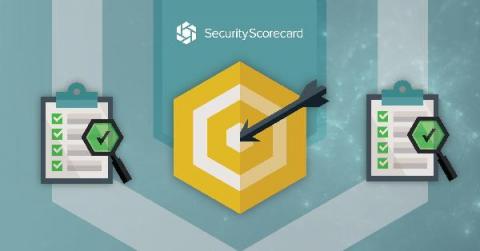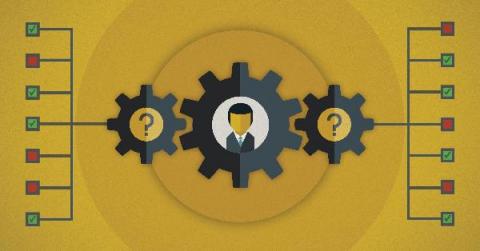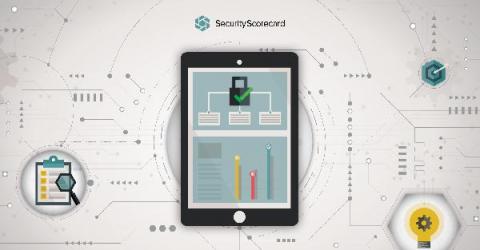Actionable Insights with SecurityScorecard Threat Intelligence Partners
Threat intelligence provides valuable insight into contextual business risk. You can gain insight into threat actors targeting your industry or information from your organization located on the Dark Web. According to one report, 79% of security professionals find threat data feeds essential to their organization’s cybersecurity posture. Additionally, 63% of respondents noted that they use feeds to ensure a better defense.


